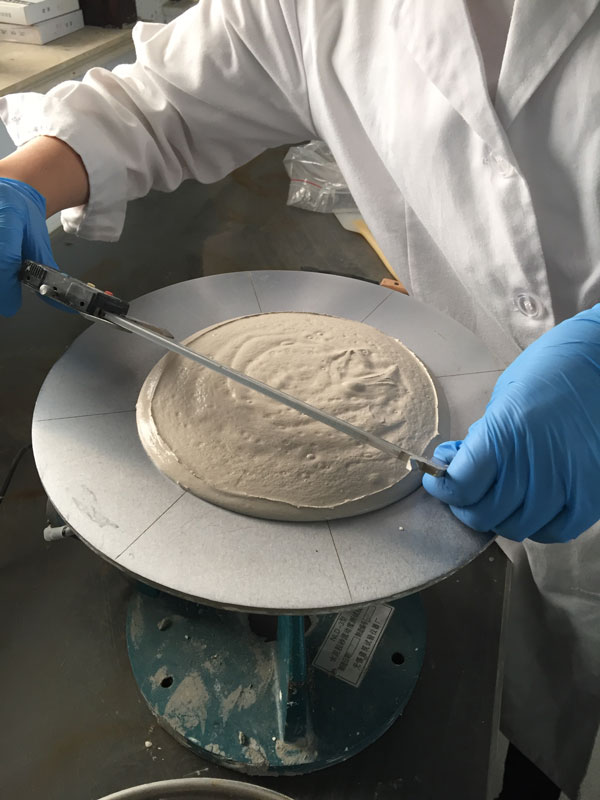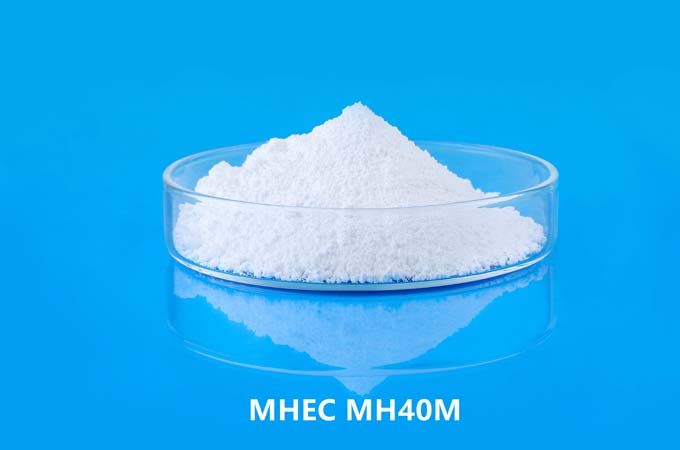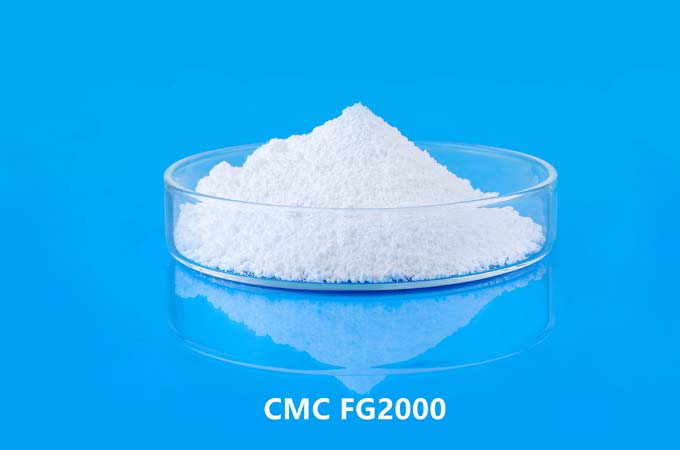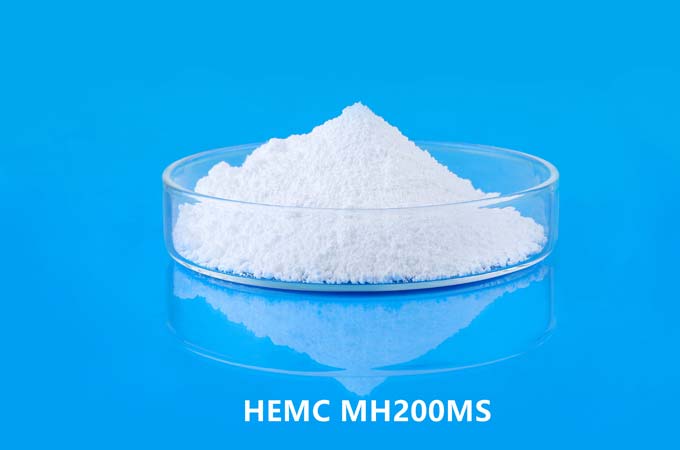Hydroxypropyl methylcellulose (HPMC), also known as hypromellose, is a semi-synthetic polymer derived from cellulose, a natural polymer found in plant cell walls. It is produced through a series of chemical modifications to cellulose, resulting in a compound with a wide range of practical and industrial applications. Hydroxypropyl methylcellulose is a versatile compound with a wide range of applications due to its water-solubility, thickening properties, film-forming ability, and non-toxic nature. HPMC is widely used for multiple industries, including pharmaceuticals, construction, food, cosmetics, and various industrial applications.
Table of Contents
1.Introduction to Hydroxypropyl Methylcellulose
2.Properties of Hydroxypropyl Methylcellulose
3.Applications of Hydroxypropyl Methylcellulose
3.1 Pharmaceutical Industry
3.2 Construction Industry
3.3 Food Industry
3.4 Cosmetics and Personal Care
3.5 Industrial Applications
4.Safety and Regulations
5.Conclusion

1. Introduction to Hydroxypropyl Methylcellulose
Hydroxypropyl methylcellulose, often abbreviated as HPMC or Hypromellose, is a non-ionic cellulose ether. It is produced by treating cellulose, a natural polymer obtained from wood pulp or cotton, with a series of chemical reactions involving propylene oxide and methyl chloride. These reactions result in the substitution of hydroxyl groups on the cellulose molecule with hydroxypropyl and methyl groups, making the cellulose more water-soluble and providing it with a variety of useful properties.
2. Properties of Hydroxypropyl Methylcellulose
HPMC possesses a unique set of properties that make it highly valuable in a wide range of applications:
2.1 Water Solubility: One of the most significant features of HPMC is its ability to dissolve in cold water, forming a clear and colorless solution. The degree of solubility can be controlled by adjusting the level of hydroxypropyl and methyl substitution.
2.2 Thickening Agent: HPMC acts as an effective thickening agent in both aqueous and organic solutions. It is commonly used to increase the viscosity of liquids, making it useful in various industries.
2.3 Film Formation: HPMC can form flexible and transparent films when dry. This property is utilized in pharmaceuticals, where it is used for coating tablets and in the food industry for edible film production.
2.4 Stabilization: It stabilizes emulsions and suspensions, preventing the separation of components in various formulations.
2.5 Binding Properties: In the pharmaceutical industry, HPMC is used as a binder in tablet formulations, helping to hold the ingredients together.
2.6 Moisture Retention: HPMC has the ability to retain moisture, making it useful in products where moisture control is critical, such as construction materials and cosmetics.
2.7 Non-Toxicity: HPMC is generally considered safe for human consumption and topical use. It is non-toxic and non-irritating, which is why it finds application in food and personal care products.
3. Applications of Hydroxypropyl Methylcellulose
3.1 Pharmaceutical Industry
HPMC is extensively used in the pharmaceutical industry due to its unique properties:
·Tablet Coating: It is a key ingredient in tablet coatings, providing a protective and controlled-release layer for medications.
·Granulation: HPMC is used in wet granulation processes to improve the flow and compressibility of powders, aiding in tablet production.
·Ophthalmic Solutions: In eye drops and ointments, HPMC serves as a viscosity enhancer and stabilizer.
·Topical Creams and Lotions: It is employed as a thickening agent and emulsion stabilizer in various dermatological products.
3.2 Construction Industry
In the construction industry, HPMC is used for a variety of purposes:
·Tile Adhesives: HPMC is added to tile adhesives to improve their workability, adhesion, and open time.
·Cement Mortars: It enhances the workability and water retention properties of cement mortars and plasters.
·Self-Leveling Compounds: HPMC is used in self-leveling flooring compounds to control viscosity and improve flow.
·Gypsum-Based Products: It is an essential component in gypsum-based products like drywall joint compounds.
3.3 Food Industry
HPMC is approved for use in the food industry, where it serves several functions:
·Food Thickener: It thickens and stabilizes food products, including sauces, soups, and dairy products.
·Edible Films: HPMC is used to create edible films that can be used as food packaging or as a vehicle for delivering flavors and nutrients.
· Gluten Replacement: In gluten-free baking, HPMC can replicate the binding properties of gluten, improving the texture of baked goods.

3.4 Cosmetics and Personal Care
·In the cosmetics and personal care industry, HPMC is valued for its texture-enhancing and stabilizing properties:
·Skin Care Products: HPMC is used in creams, lotions, and gels to provide a smooth texture and control viscosity.
·Shampoos and Conditioners: It improves the consistency and appearance of hair care products.
·Mascara and Eyebrow Gel: HPMC helps maintain the desired texture and stability in cosmetics.
3.5 Industrial Applications
Beyond the industries mentioned above, HPMC has diverse industrial applications:
·Paints and Coatings: It is used in paint formulations to control viscosity, improve color retention, and prevent pigment settling.
·Adhesives: HPMC is added to adhesives to enhance bonding strength and control rheological properties.
·Textile Printing: It aids in textile printing by providing thickening and moisture retention.
4. Safety and Regulations
HPMC is generally recognized as safe (GRAS) by regulatory authorities for use in food products. It is considered non-toxic and non-irritating, making it suitable for pharmaceuticals, cosmetics, and personal care products as well.
However, it is essential to adhere to specific guidelines and regulations established by regional authorities, such as the FDA in the United States and the European Food Safety Authority (EFSA) in the European Union, when using HPMC in various applications.
5. Conclusion
Hydroxypropyl methylcellulose, with its unique combination of properties, plays a vital role in numerous industries. Its water-solubility, thickening capabilities, film-forming ability, and non-toxic nature make it a versatile and valuable ingredient in pharmaceuticals, construction materials, food products, cosmetics, and various industrial applications. As technology and research continue to advance, the applications of HPMC are likely to expand further, demonstrating its enduring importance in modern manufacturing and product development.
 English
English 日本語
日本語 français
français Deutsch
Deutsch Español
Español italiano
italiano русский
русский português
português العربية
العربية Türkçe
Türkçe Nederland
Nederland





